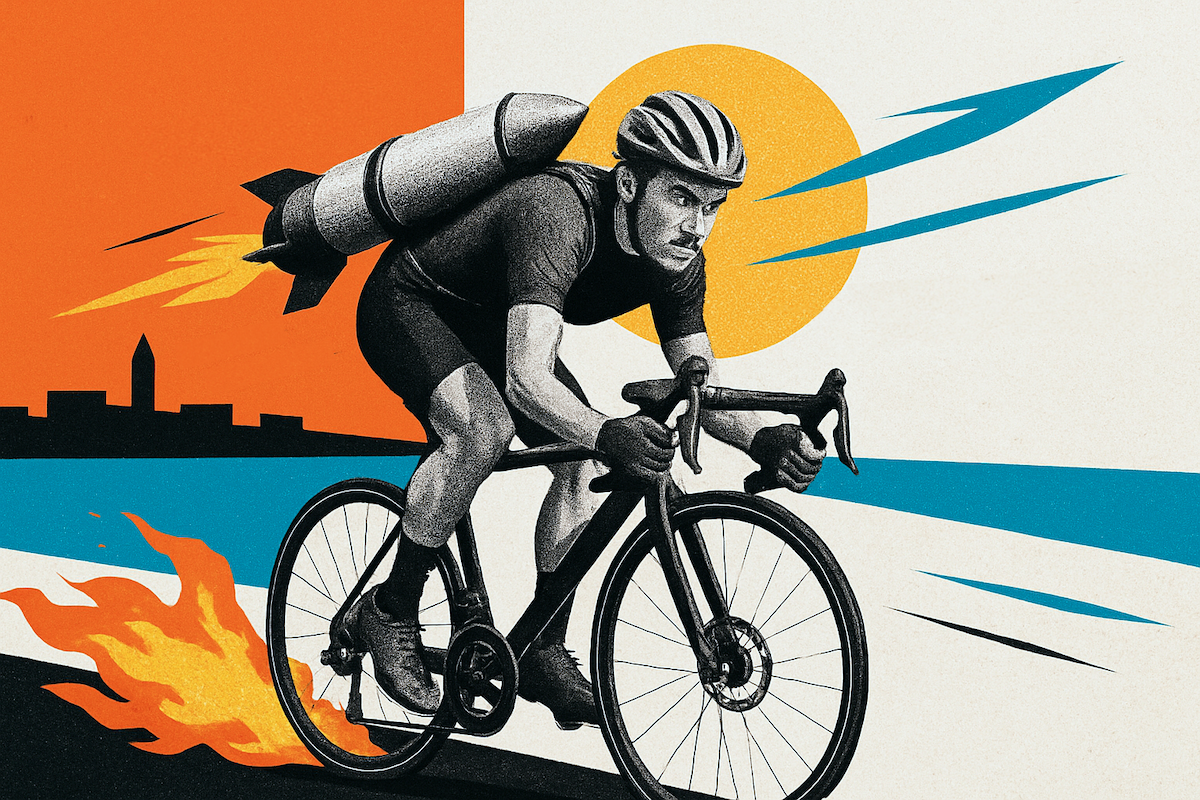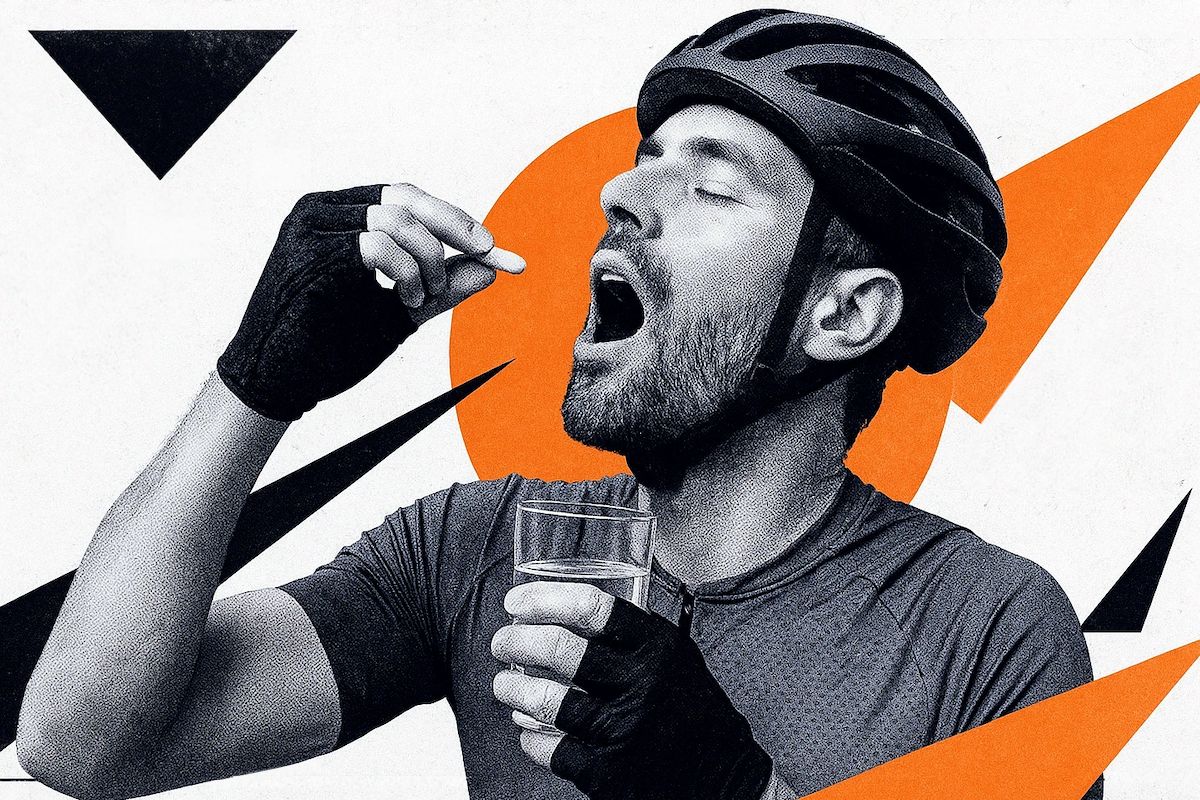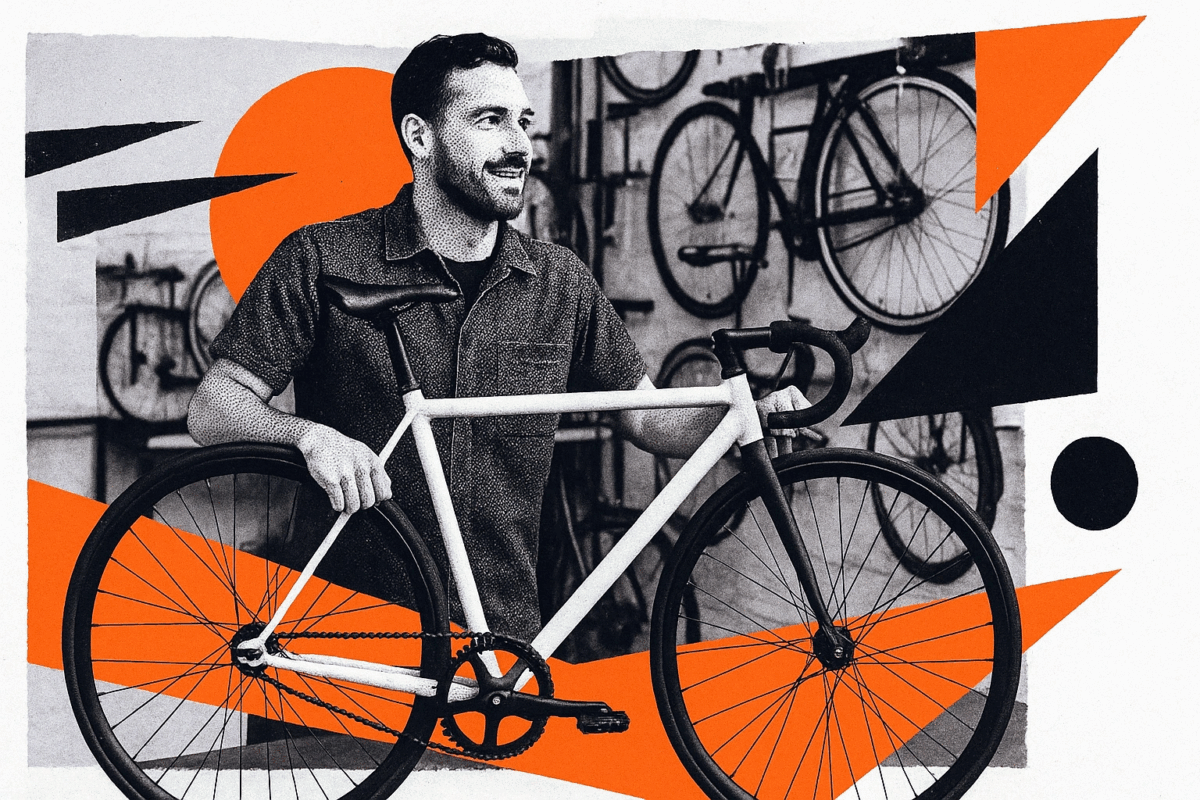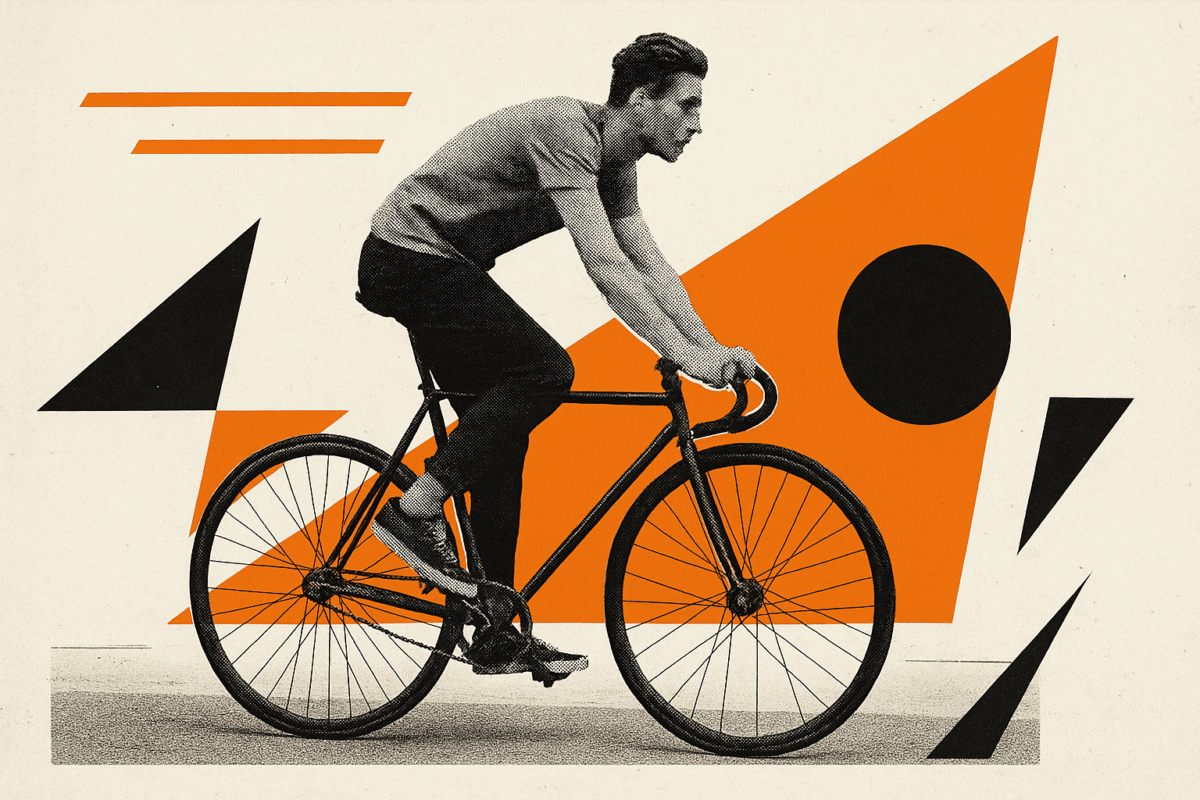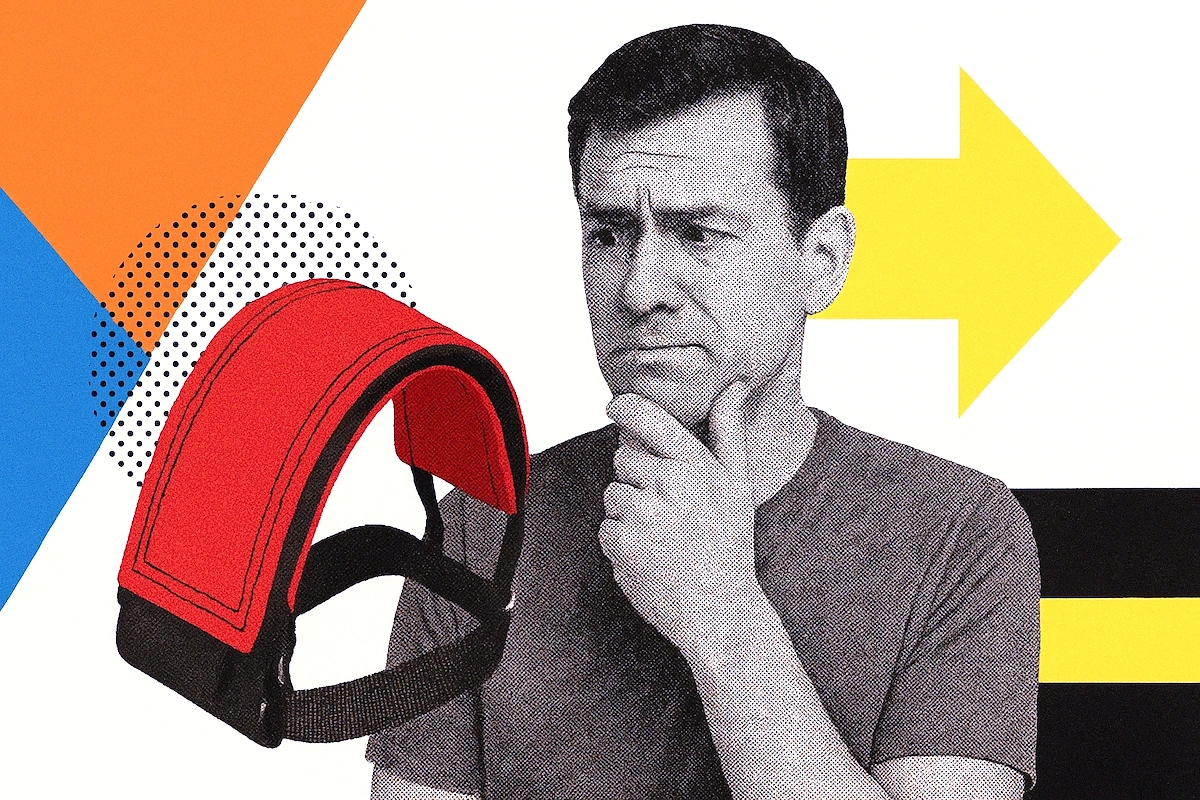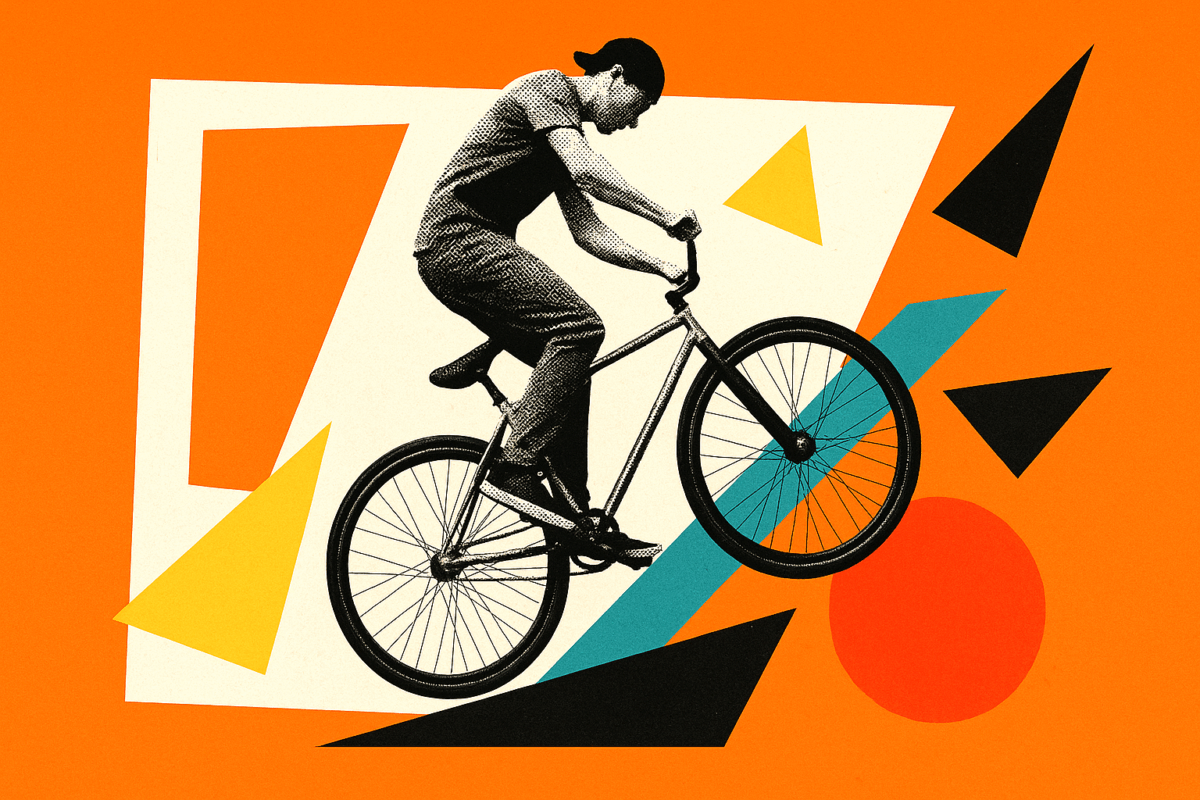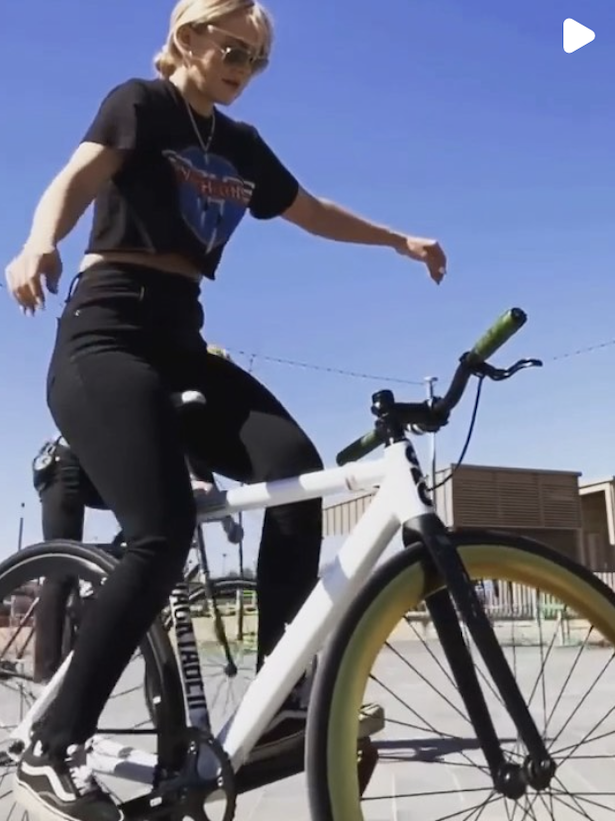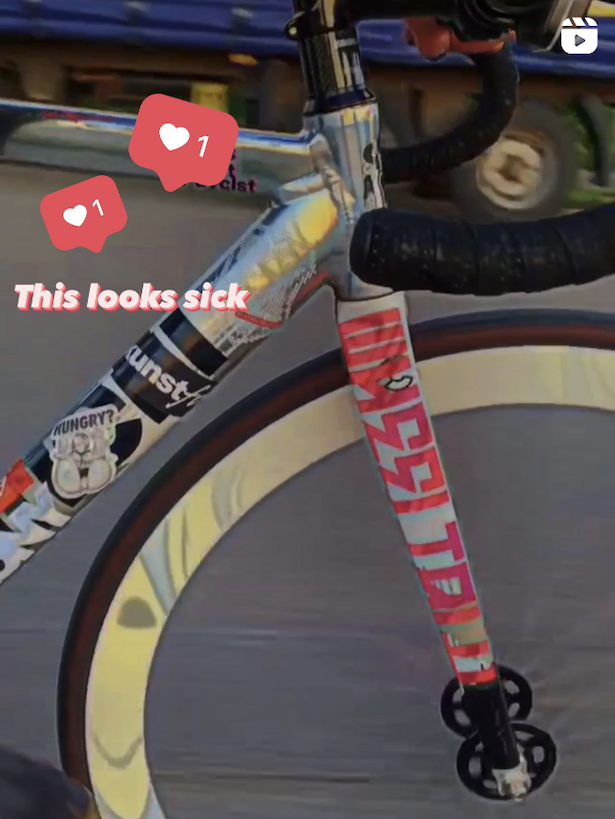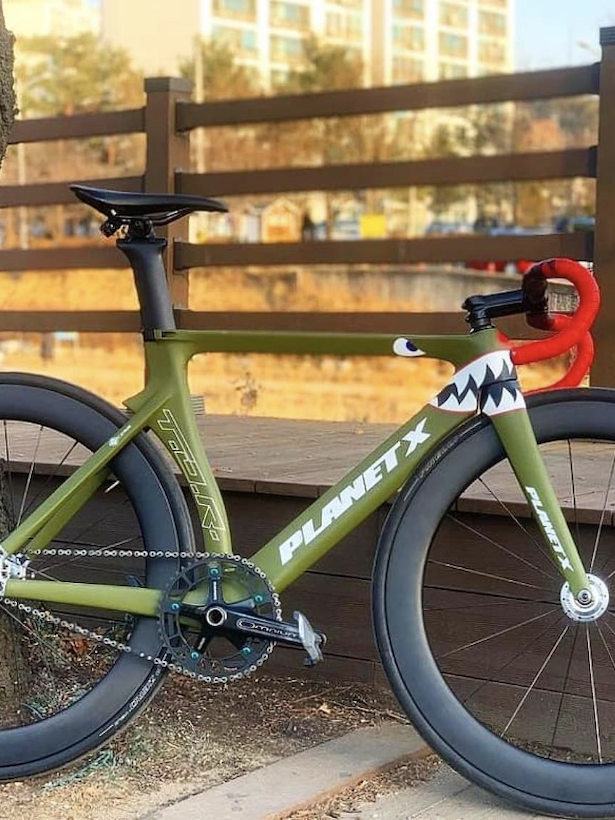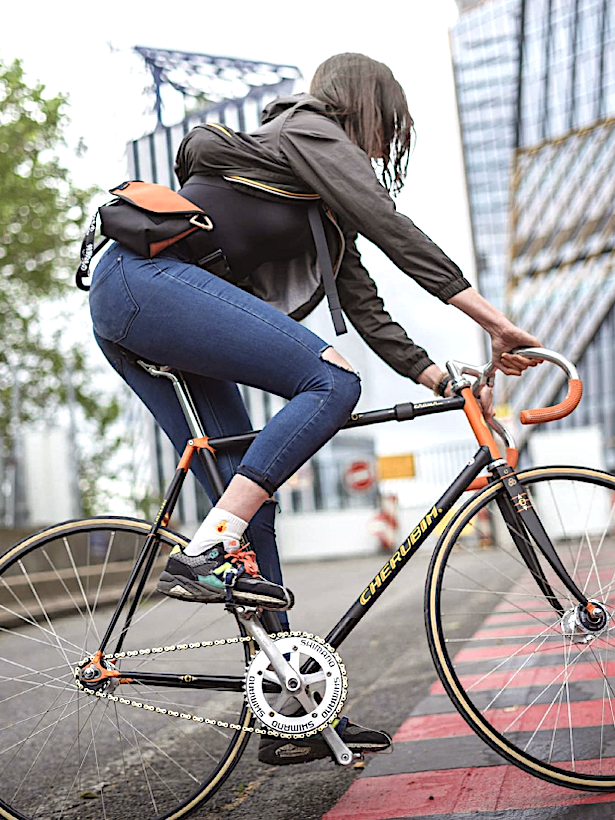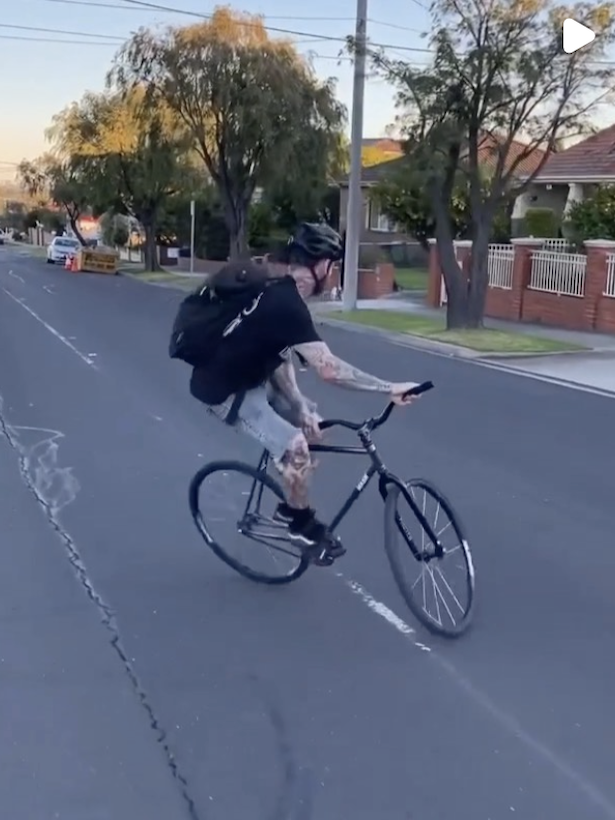
TL;DR:
- Track Championships – UCI Worlds and national competitions at velodromes globally represent Olympic-level fixed gear racing
- Fixed Gear Criteriums – Urban circuit races pioneered by Red Hook Crit (2008-2019); regional series continue worldwide
- Alleycat Races & CMWC – Underground checkpoint races and the annual Cycle Messenger World Championships rotating internationally
- Tracklocross & Goldsprints – Fixed gear cyclocross and indoor roller racing for niche competition
- Note: Brevets and endurance rides aren’t included here—this post focuses on actual racing events
Most riders think fixed gear culture lives on Instagram, but the real scene happens at events where your legs do the talking 🚴.
From sanctioned velodrome competition to DIY street racing, here’s where fixed gear riders actually compete and connect globally.
A video titled “Red Hook Criterium Brooklyn No.10 – Documentary” from the Red Hook Crit YouTube channel.
Note: This post covers competitive racing events. Brevets and randonneuring aren’t included since those are timed endurance rides rather than races.
1. Track Cycling Championships
Where held
Velodromes globally—UCI Worlds rotates annually (2025: Santiago, Chile); national championships in every major cycling country
Every track bike you see on the street has DNA from velodrome racing. Track cycling isn’t just the origin of fixed gear bikes—it’s where the most legitimate competition still happens today.
These are Olympic-level athletes riding fixed gear bikes at speeds that would make your city commute look like a Sunday stroll.

UCI Track Cycling World Championships
The UCI Track Cycling World Championships are held annually with 22 events total—11 for men and 11 for women. The 2025 championships were held in Santiago, Chile from October 22-26, marking the first time Chile hosted the event.
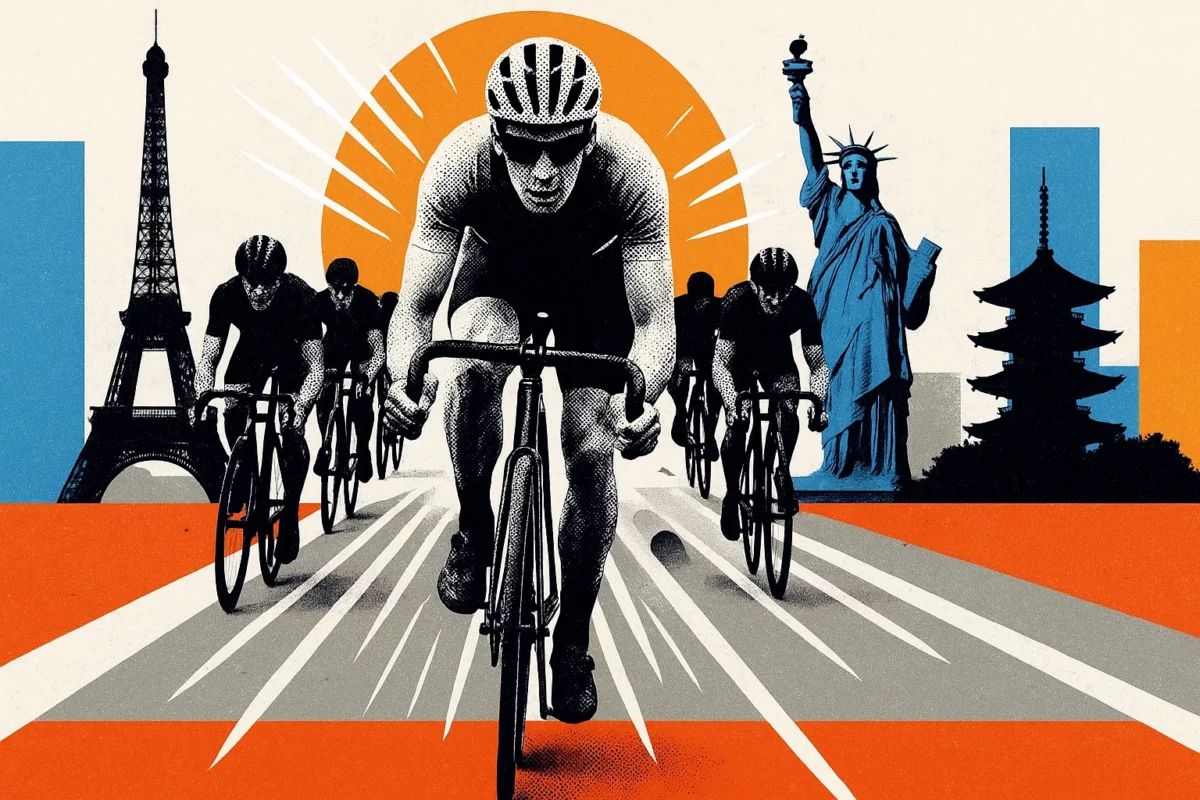
For fixed gear riders, several disciplines are particularly relevant. The keirin originated in Japan and involves riders following a motorized pacer before an all-out sprint.
The sprint is a tactical cat-and-mouse game over 200 meters where positioning matters as much as power. And the madison—named after Madison Square Garden—is a team relay race that’s absolute chaos to watch.
Events include time trial, keirin, individual pursuit, team pursuit, points race, scratch race, sprint, team sprint, omnium, madison, and elimination race.
All raced on fixed gear track bikes with no brakes.

Did you know?
Track cycling has been part of the Olympics since 1896 in Athens. The Dutch team, led by Harrie Lavreysen, currently dominates international competition with multiple world records.
National Track Championships
Every country with a serious cycling program runs national track championships.
In the US, USA Cycling hosts Junior, Elite, and Masters track nationals at venues like the Jerry Baker Memorial Velodrome, where hundreds of riders compete annually across age categories and disciplines.
The pathway is clear: get a USA Cycling license (around $70 annually), race at local track events, and win qualifying races to earn free entry to nationals through the Ticket to Nationals program.
But here’s what nobody tells you: track racing is expensive. A proper track bike starts around $1,500, velodrome access requires membership fees, and you’ll need coaching to learn race tactics.
2. Fixed Gear Criteriums
Where held
Cities worldwide—Red Hook Crit ran in Brooklyn, Milan, Barcelona, and London (2008-2019). Regional series continue: NL Crit (Netherlands), Thundercrit (London), Mission Crit (San Francisco), Lambro Crit (Italy)
Red Hook Crit was a criterium cycle race held annually in Red Hook, Brooklyn starting in 2008, founded by David Trimble. But calling it just a “race” is like calling the Super Bowl “a football game.” RHC changed fixed gear racing forever.
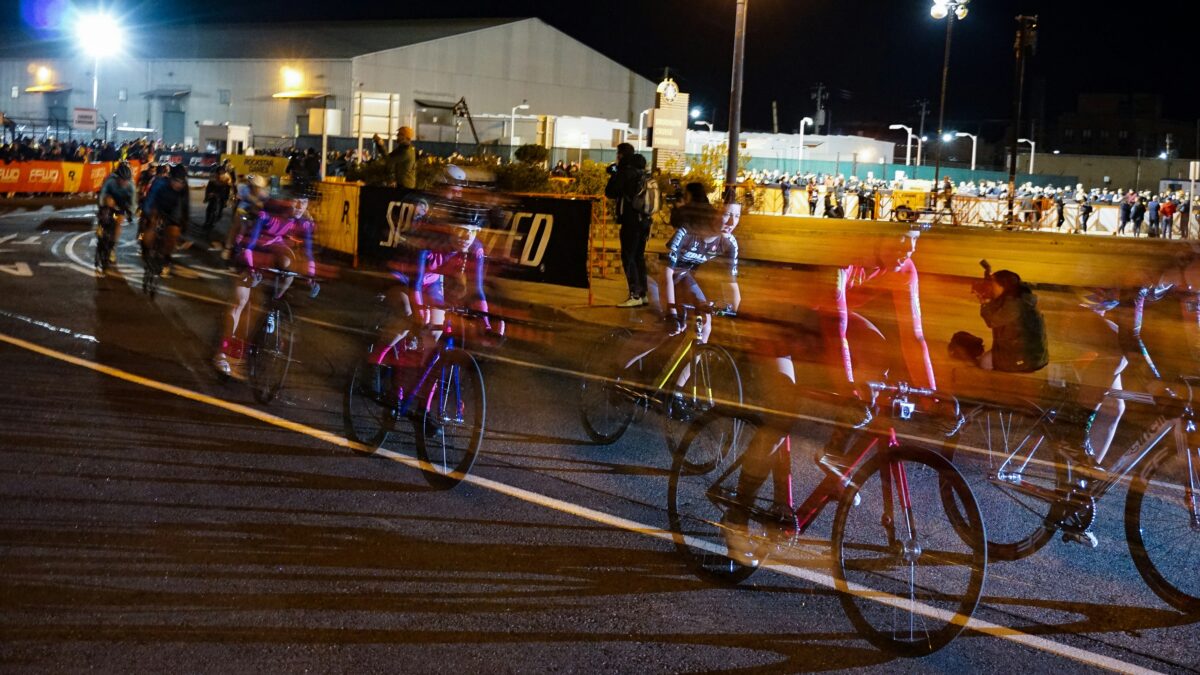
What made Red Hook different? Three things: no brakes, fixed gear only, and mass start format on closed urban circuits. The first edition in 2008 was held late at night on open streets, but by 2011 the race moved to closed circuits due to growing popularity.
It became a professional operation with title sponsors, team support, and prize money that actually mattered.
Red Hook races expanded internationally with events in Milan starting in 2010, Barcelona starting in 2013, and London in 2015.
Each location brought its own flavor, but the format stayed consistent: tight technical courses, aggressive pack racing, and zero room for error when you can’t coast or brake.
The RHC Format and Competition Level
The series used a Super Pole qualifying procedure where top riders competed to post the fastest lap to secure the best starting positions—borrowed straight from Formula 1. This wasn’t your local crit where everyone lines up together.
Starting position mattered when you’re sprinting into the first corner with 95 other riders who can’t brake.
Current and former WorldTour riders, Olympians, and world champions competed at RHC during its peak years. The “hipster fixie race” reputation died quickly. These were serious athletes on race-tuned bikes.
| Location | First Held | Circuit Type | Field Size |
|---|---|---|---|
| Brooklyn, NY | 2008 | Urban closed circuit | 95+ riders |
| Milan, Italy | 2010 | Urban closed circuit | 80+ riders |
| Barcelona, Spain | 2013 | Urban closed circuit | 85+ riders |
| London, UK | 2015 | Greenwich Peninsula | 90+ riders |
The Current State of Fixed Gear Criteriums
Red Hook Criterium inspired dozens of fixed gear criteriums globally, but the landscape has changed significantly.
The full RHC series faded away, leaving the fixed gear criterium scene fragmented with no overarching league or governing body. This means no consistency across events and no unified leaderboard.
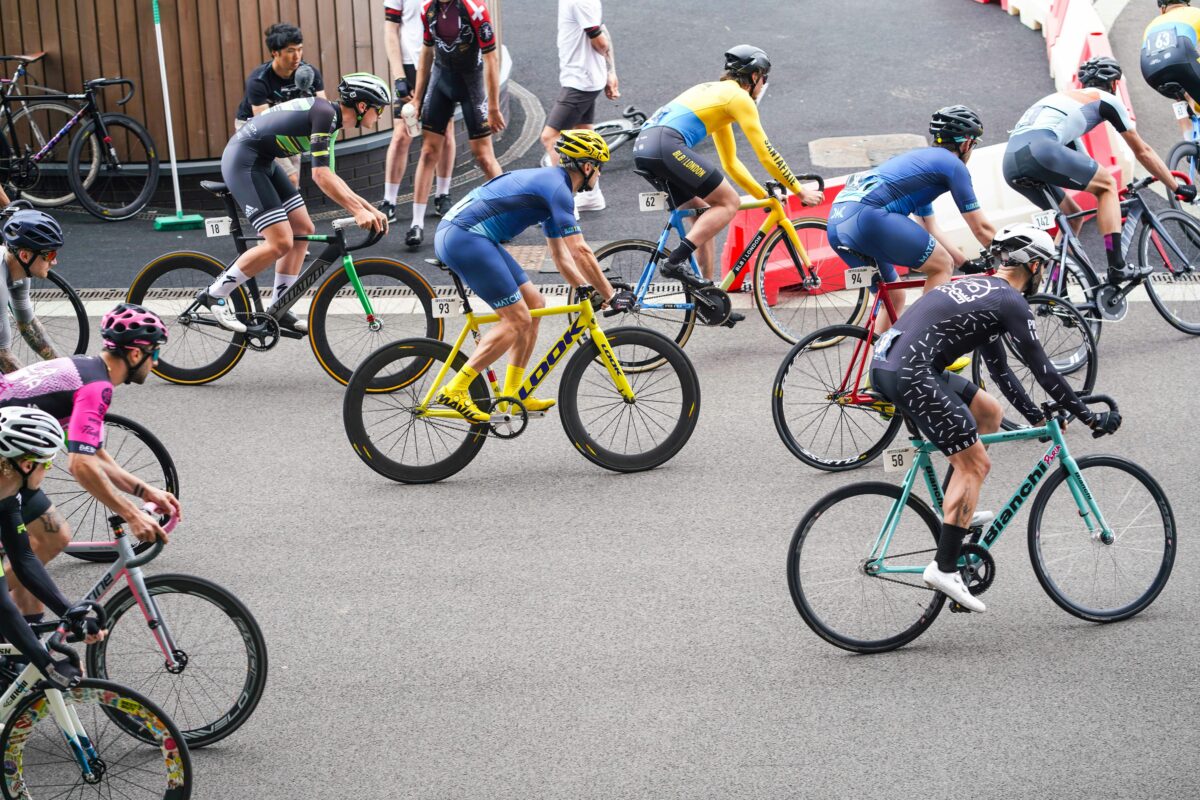
The RHC series exit left the scene fragmented with no unified league. Regional events however still continue:
- NL Crit Series – Netherlands (Amsterdam, Rotterdam, Zwanenburg)
- Thundercrit – London, UK
- Mission Crit – San Francisco, USA
- Lambro Crit / Project Fixed – Italy
Check fixedcrit.com for event calendars, though maintaining a complete list remains difficult without centralized organization.
Fixed gear criteriums reward raw bike handling skills over pure power. Master the technical corners and you’ll beat stronger riders who can’t navigate tight turns at speed.
3. Alleycat Races & CMWC
Where held
Major cities globally (weekly local alleycats). CMWC rotates annually: 2024 (Zurich), 2025 (Sydney), 2026 (Milan)
A video titled “Bikers Dash Across Mexico City in Illegal Alleycat Races” from the ABC News YouTube channel.
The first race to be called an ‘alley cat’ was held in Toronto on October 30, 1989, and the format spread globally after Toronto messengers shared stories at the 1993 Cycle Messenger World Championships in Berlin.
Here’s what alleycats actually are: checkpoint-based urban navigation races where riders receive manifests (lists of delivery locations) and must complete pickups and deliveries as quickly as possible.
Checkpoints can involve physical tasks like climbing stairs, taking a shot of alcohol or hot sauce, performing tricks, or testing knowledge with trivia.
The format mimics a messenger’s workday—you get locations, you figure out the fastest route using your knowledge of the city, and you move. That’s why these races originated in messenger culture and why they’re still dominated by people who ride bikes for a living.

Warning…
Alleycat races are unsanctioned and often involve riding in traffic at high speeds. Most alleycats exist in a legal gray area. On February 24, 2008, Matt Manger-Lynch was killed in a collision with a car while participating in the Tour Da Chicago alleycat series. Riders assume personal liability for accidents and traffic violations.
Alleycat Do’s
- Know your city routes cold before racing
- Use proper lights and reflective gear
- Respect pedestrians and traffic signals
- Carry tools and spare tube
- Stay within your skill level
Alleycat Don’ts
- Don’t race if you’re not comfortable in traffic
- Don’t blow red lights in busy intersections
- Don’t ride beyond your abilities
- Don’t expect organizers to provide support
- Don’t post race routes publicly beforehand
Cycle Messenger World Championships (CMWC)
A video titled “Cycle Messenger World Championship 2023 JAPAN” from the Terry B YouTube channel.
The CMWC represents alleycat racing on a global championship level. The Cycle Messenger World Championships are an annual urban cycling competition where cycle messengers showcase their skills in events simulating everyday messenger tasks.
CMWC 2024 took place in Zurich, Switzerland, CMWC 2025 is in Sydney, Australia in November 2025, and Milan, Italy will host CMWC 2026 from May 28-June 1.
These aren’t small local races—they draw hundreds of riders from every continent.
The main race is brutal. Cyclists are given manifests and must pickup and deliver items to various locations around the host city, with total pickups reaching up to 100 stops, typically taking 3-4 hours to complete. The cyclist who completes all deliveries in the least time wins.
CMWC has two main categories: Open (for riders of any gender) and WTNB (women, trans, and non-binary).
Beyond the main race, CMWCs include skid competitions (who can skid the farthest), cargo races, track stands, and legendary after-parties. These events celebrate messenger culture as much as competition—it’s about community, not just podiums.
4. Tracklocross
Where held
Growing globally—2024 Worlds: Folsom, California; 2019 Worlds: Japan. Regional events in US, Europe, and Asia
A video titled “Tracklocross: The Ultimate FixedGear Adventure” from the Terry B YouTube channel.
Fixed gear culture loves taking bikes where they don’t belong. Enter tracklocross—exactly what it sounds like: cyclocross racing on fixed gear bikes.
Tracklocross is a throwback to original cyclocross races of France in the early 1900s where pro racers would take their fixed gear bikes over hill and dale in unofficial off-season training races.
The modern version features purpose-built fixed gear cyclocross rigs on closed courses with off-road terrain, barriers, and run-ups.
The 2024 Tracklocross World Championships gathered 120 racers at a rodeo ground in Folsom, California, while the previous Worlds happened in 2019 in Japan. That’s right—there’s a world championship for riding fixed gear bikes through mud and dirt.
Gear ratios for tracklocross typically run between 2.2 and 2.6, with riders using 160-165mm cranks to minimize pedal strike when cornering. You’ll want clearance for 33-40mm tires, and brakes are highly recommended (unlike track or crit racing).
Why would anyone do this? Because it’s hilariously difficult and genuinely fun. You can’t coast through technical sections or over barriers—you’re always pedaling, which makes the simplest cyclocross features exponentially harder on fixed gear.
5. Goldsprints
Where held
Breweries, bike shops, and cycling festivals worldwide (originated in Zurich at 1999 CMWC)
A Goldsprint is a bicycle rollers racing event where riders on stationary bikes compete against each other in front of spectators.
Goldsprints began in Zurich, Switzerland as part of the 1999 Cycle Messenger World Championships, named after Gold Sprint beer by Adrian Weber of TurbinenBräu brewery.
The format is dead simple: two fixed gear bikes on rollers with fork stands, connected to sensors that track distance. Race for 300-500 meters (about 20-30 seconds of absolute suffering), and whoever finishes first wins.
Riders don’t have to balance—they only pedal as fast as possible, making it accessible to anyone.
Goldsprints happen at breweries, bike shops, and cycling festivals worldwide. They’re incredibly spectator-friendly because races are short, anyone can try it, and you can watch people’s souls leave their bodies in real-time as they redline for 30 seconds straight.
Frequently asked questions (FAQ)
Track racing requires a true track bike that meets velodrome safety standards—no brakes, proper track dropouts, and NJS-certified components if you’re racing at certain velodromes. For fixed gear criteriums like Red Hook, you needed a bike with horizontal dropouts and no brakes, but street-legal track bikes worked fine. The geometry differs too—track bikes are stiffer and more aggressive than street-oriented fixed gears. Budget at least $1,500 for a proper race-ready setup.
No, most alleycats operate in a legal gray area. They’re unsanctioned races on public roads without permits or police authorization. Organizers place liability on individual riders, meaning you’re responsible for obeying traffic laws and accepting crash risks. Some cities tolerate alleycats, others crack down hard. The 2008 death of Matt Manger-Lynch in Chicago highlighted the real dangers. Participate at your own risk and understand the legal consequences.
Track racing: Take velodrome intro classes first—you can’t just show up and race. Criteriums: Some events have beginner categories, but pack racing at 25+ mph with no brakes isn’t beginner-friendly. Start with smaller local crits that allow brakes. Alleycats: Absolutely, but only if you’re extremely comfortable riding in dense urban traffic. Goldsprints: Yes, these are the most beginner-accessible events—just pedal as hard as you can for 20 seconds. Tracklocross: If you have cyclocross experience, add the fixed gear challenge gradually.
Criteriums are closed-circuit races on a defined loop, typically 1-3km, with mass start and pack racing for a set time or laps. Everyone rides together, positioning matters, and it’s pure speed. Alleycats are checkpoint-based navigation races on open streets where riders choose their own routes between delivery locations—think messenger work at race pace. Criteriums reward pack tactics and raw power; alleycats reward city knowledge and route planning. Crits are (usually) sanctioned with road closures; alleycats are underground and unsanctioned.
Final Thoughts
The global fixed gear scene exists at the intersection of legitimate velodrome racing, professional urban criteriums, and underground messenger culture. Whether you’re drawn to the speed of velodrome sprinting, the chaos of no-brake criteriums, or the raw navigation of alleycats, fixed gear racing offers something unique. These aren’t Instagram photo ops—they’re legitimate competitions where skill, fitness, and bike handling separate podiums from pack fill.
Sources and references
- Red Hook Criterium Official Site
- UCI Track Cycling World Championships
- Wikipedia: Red Hook Crit
- Wikipedia: UCI Track Cycling World Championships
- Wikipedia: Cycle Messenger World Championships
- IFBMA – International Federation of Bike Messenger Associations
- Wikipedia: Alleycat Race
- The Radavist: Tracklocross Worlds 2024
- Fiefdom Tracklocross: What is Tracklocross
- Wikipedia: Goldsprint
- USA Cycling: Ticket to Track Nationals
- Velo: Introduction to Red Hook Crit
- Slow Spin Society: Fixed Crit Problem and Solution
- Gran Fondo: The Criterium & Fixed Gear Racing
- Gran Fondo: How To Race Fixed Gear Crits

